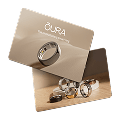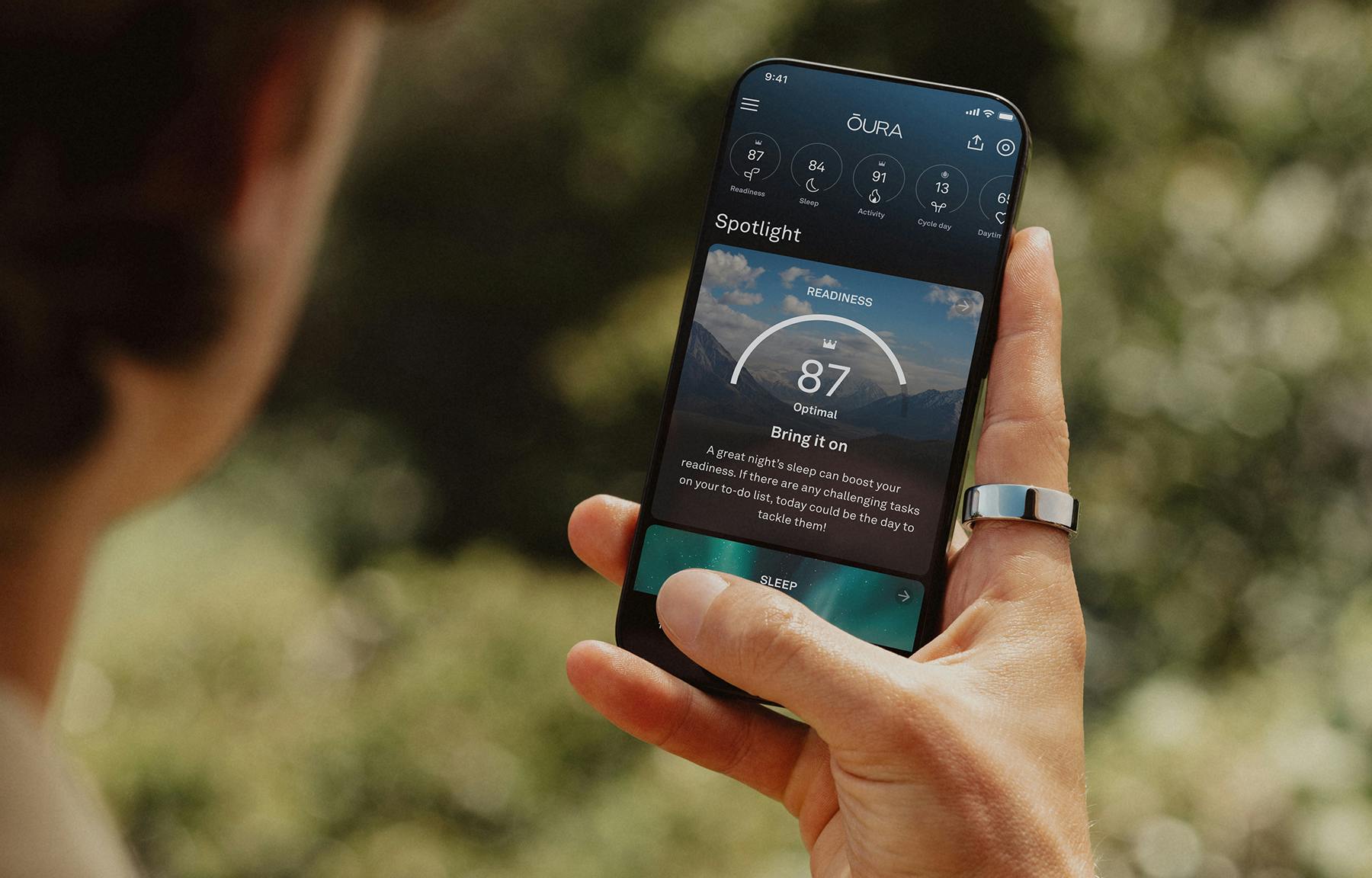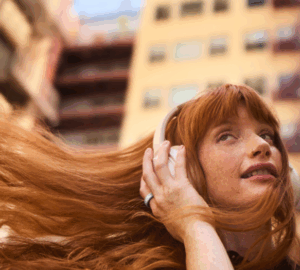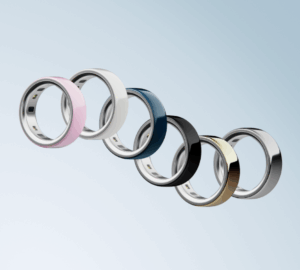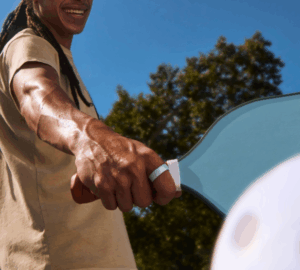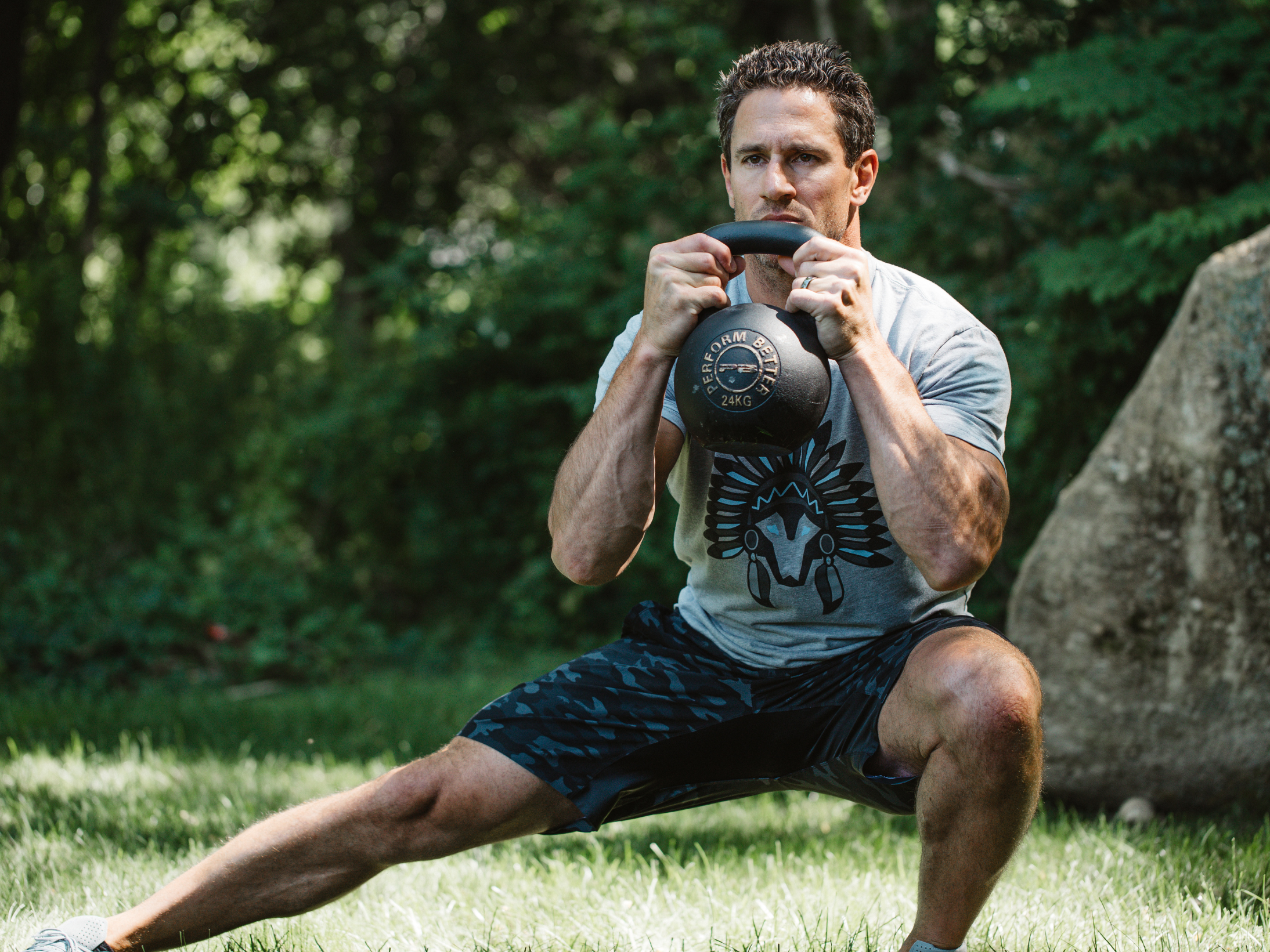It’s safe to say Don Saladino knows fitness. A longtime Oura member and fitness coach, Saladino has trained an impressive roster of A-list celebrities as well as top-tier professional athletes. After owning and operating gyms in New York City for over 15 years, Saladino has since expanded into the digital realm, building a global online community across 80 countries.
With a busy schedule and frequent flights, Saladino turns to his Oura data to make sure he’s staying in balance and track key activity, sleep, and recovery metrics such as step count, heart rate variability (HRV), and Resilience.
Below, Saladino shares insights on how he leverages his Oura data, his favorite recovery methods, and his balanced philosophy on training and well-being.
Q&A with Fitness Expert Don Saladino
Q: What are some of your go-to Oura features?
A: I find step count to be an incredibly valuable metric. I observe that when my step count is up, my sleep quality is almost always better that night. I always look at my deep sleep, REM sleep, and restfulness scores, as well as my HRV and VO2 Max (Cardio Capacity). I think the VO2 Max reading on Oura is quite accurate, landing in the middle of other different testing modalities.
Also, Oura’s Resilience feature has been incredible at highlighting interesting shifts in my body’s state. When I see that level declining, the correlation between that and either being sick or dealing with travel is spot-on. For example, I was snowboarding in Switzerland for a week—a lot of activity, some beers with friends, then air travel and changing time zones. Over a few days, I just watched that resilience metric drop. I knew my body was fried, and it took two weeks for it to come back up.
These insights are incredibly motivating factors to help keep you on track. When you see your resilience dip, you know it’s time to prioritize recovery. It also excites me when I hit Exceptional resilience; I actually reached that for about six or seven days a couple of weeks ago.
READ MORE: Resilience: Improve Your Ability to Recover From Stress
Q: Some people may consider step count to be an “old-school” metric. Tell us more about why you consider it to be important, both for yourself and your clients.
A: I genuinely believe step count is a high-performance metric, and it’s wrong to call it antiquated. Getting your heart rate into Zone 1 through walking is an excellent form of active recovery on an rest day. Whether I’m working with an Olympic athlete or a celebrity, incorporating an active mobility warm-up followed by getting steps in has been a game-changer.
While 10,000 steps is a good benchmark, the key is consistency. I like that Oura allows for “gamification”—if someone is currently getting about 3,000 steps, we can gradually increase that to 3,500, then 4,000. Simple tricks like taking 10-minute walks after each meal can significantly boost daily steps. It’s a very accessible and effective way to improve overall well-being. It’s a simple, low-hanging fruit that everyone should be utilizing.
RELATED: How Many Steps Per Day Do You Actually Need?
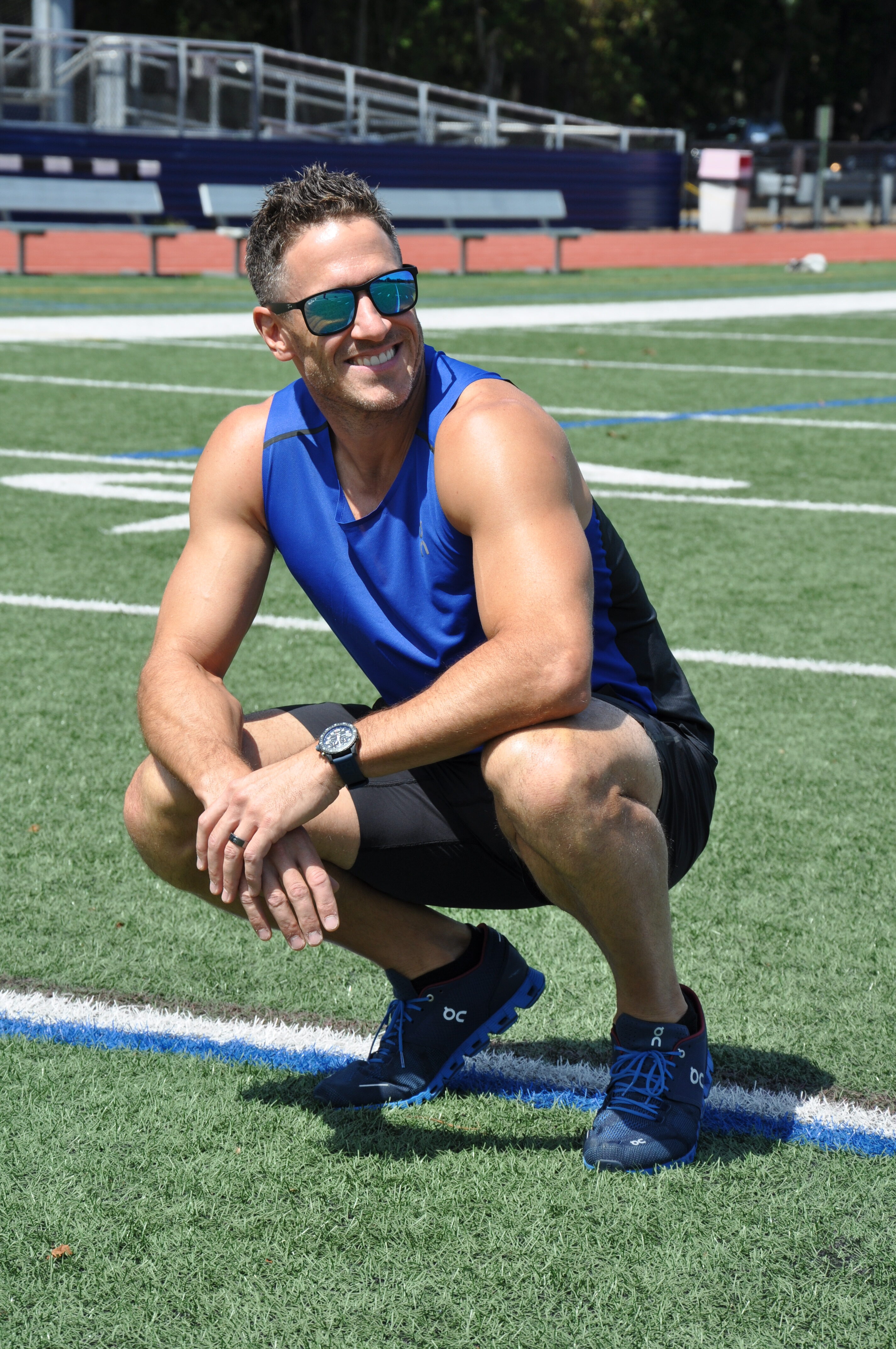 Q: HRV is a hot topic in the fitness space. How do you interpret and use your HRV data, and how does it influence your training approach?
Q: HRV is a hot topic in the fitness space. How do you interpret and use your HRV data, and how does it influence your training approach?
A: I cross-reference HRV more with how I feel. If my HRV is low on a day I plan to train hard, I won’t back off entirely, but I’ll focus more on an extended warm-up. Spending more time preparing my body helps optimize my readiness. I like to say I “marinate” into the workout.
If I were training someone, a low HRV might mean scaling back intense, high-percentage lifts (e.g., 90-95%) and focusing on a more moderate 80% day, perhaps with five sets of five repetitions, keeping rest times consistent. The key is not to burn the candle at both ends.
Q:What are some of your other favorite recovery methods?
A: When I travel, I’ve been using Firefly—a wearable neuromuscular electrical stimulation device designed to enhance the body’s natural recovery process by boosting blood flow. It’s very compact, almost like large band-aids that stick to the side of your leg. You feel impulses, similar to compression boots, but it’s more convenient. I’ve used them on long flights, like to Dubai, and I wasn’t jetlagged because I combined it with other travel strategies. And I’ve noticed a direct correlation with utilizing Firefly and improving my Oura Sleep Score.
In my home gym, “The Barn,” I have an infrared sauna, a cold plunge, and a red light bed. These are more for enjoyment, but they’ve been beneficial. The red light bed has significantly improved my skin, and I use it five days a week, first thing in the morning. I try to use the sauna for 15-20 minutes after every workout, and I’ll cold plunge on an off day or for a quick energy boost.
However, it’s crucial to remember that these tools enhance quality of life; they’re not a substitute for proper programming or self-care. If you constantly need these to feel good, your core training or lifestyle might need adjustment.
RELATED: How Travel Impacts Your Sleep, Plus Expert Tips to Fix It
Q: What’s your average Sleep Score? Any must must-do bedtime routines for better sleep?
A: My average sleep score for the year is 87, and my total sleep averages 7 hours and 37 minutes, which is pretty good. My must-do bedtime routine, and this might sound funny, is wearing a cold eye mask. I keep it in the fridge or freezer. I find it helps to cool my head, which positively affects my sleep, especially during travel. I’ve also found saunas two hours before bed to be incredibly helpful because as your body cools down afterward, it aids in sleep.
LEARN MORE: How Saunas Can Benefit Your Sleep, Health, and More



